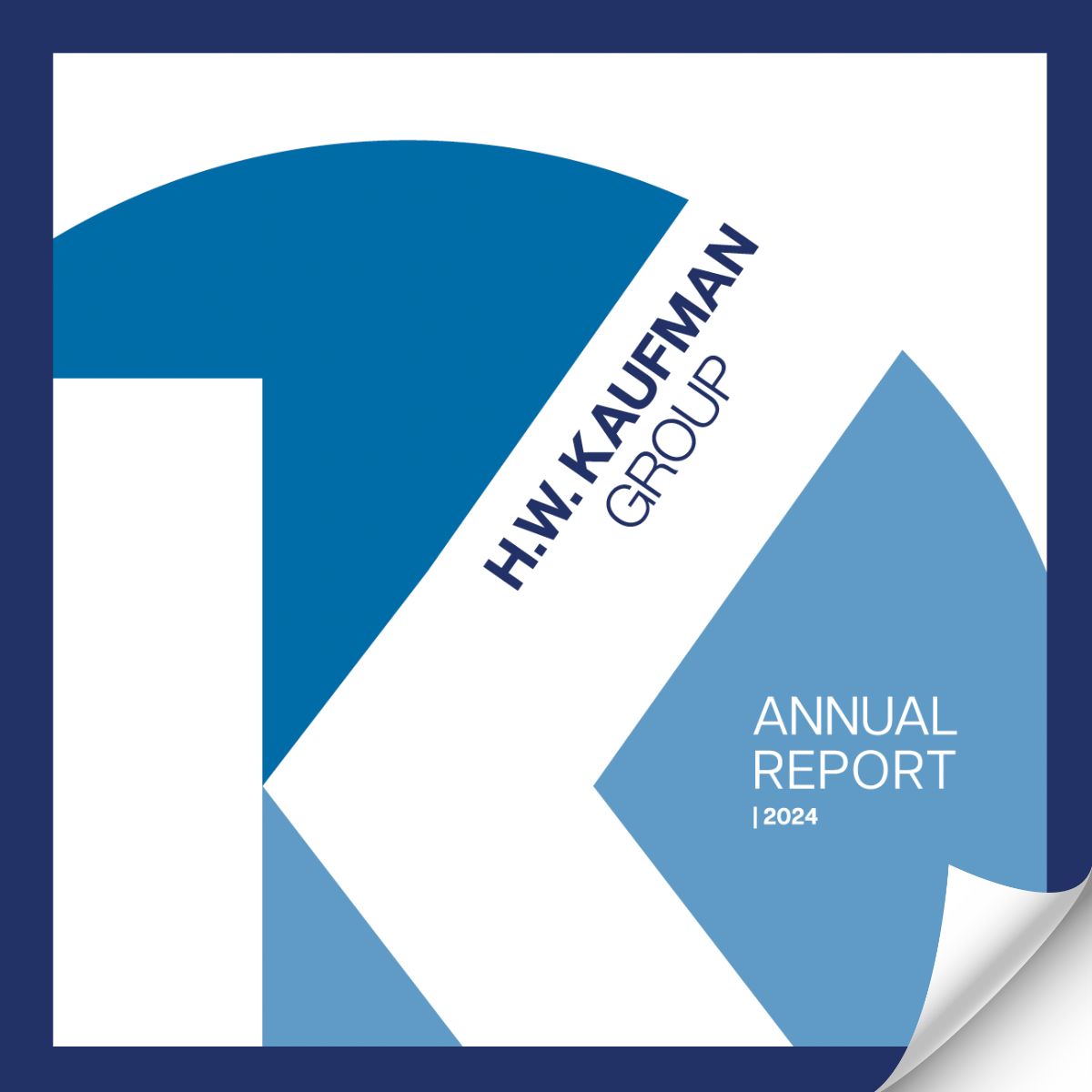The engineer allegedly responsible for a partial building collapse in the Bronx in December has had their license suspended for two years by the city of New York and faces a $10,000 fine, according to reports. No one was injured but dozens of families lost their homes after the collapse of the seven-story apartment building, part of which was under construction at the time.
Featured Solutions
“Luckily, no one was killed in this collapse, but it just goes to show how someone’s negligent actions can have such a big impact,” said Nick Esty, Broker, Professional Liability, Burns & Wilcox, New York, New York. “You can see how the alleged negligence by this engineer had such an impact on so many lives, leaving so many residents homeless.”

Luckily, no one was killed in this collapse, but it just goes to show how someone’s negligent actions can have such a big impact.
Fines and other costs resulting from this type of incident could be covered by an engineer’s Architects & Engineers Professional Liability Insurance, also known as Errors & Omissions Insurance. “That is really what Professional Liability Insurance is looking to cover is negligent acts, errors and omissions in someone’s professional services,” Esty said.
The engineer and firm involved may also be sued, said Paul Schlieper, Broker, Professional Liability, Burns & Wilcox, Pittsburgh, Pennsylvania. “It is very likely that this will go beyond the scope of a $10,000 regulatory fine,” Schlieper said. “When these lawsuits happen, normally everyone is named and it is a long and tedious process of finger-pointing. That could be a large financial burden and from an insurance standpoint, you hope that protection is in place so that it will not essentially run the company aground.”
The cost of regulatory penalties, licensing disputes
Regulatory fines can be a costly consequence after a professional error — particularly if the individual has had offenses in the past. Recently in Framingham, Massachusetts, an OSHA inspection of a roofing contractor with a history of fall-related safety violations led to $306,229 in proposed penalties. The contractor, Brothers Construction Services Inc., was inspected after a string of OSHA violations including inadequate fall protection, scaffolds, ladders, training, safety inspections and personal protective equipment, Insurance Journal reported Feb. 23. The company was given 15 days to comply or contest the findings, the publication reported.

That is really what Professional Liability Insurance is looking to cover is negligent acts, errors and omissions in someone’s professional services.
According to OSHA, several of the most frequently violated standards involve the construction industry, including fall protection, ladders, scaffolding and eye and face protection. In January, the Labor Department announced increased civil penalties for 2024, raising maximum penalties from $15,625 to $16,131 per violation and from $156,259 to $161,323 for repeated or willful violations, according to the National Association of Home Builders.
“It seems like OSHA is imposing some harsh fines and penalties on contractors that are safety violators, especially the ones that are severe violators,” Esty said, noting that the large fine recently issued in Massachusetts could be meant to be “more punitive” in nature after other penalties did not bring about changes. “The leading cause of death in that field is falling from a roof. They could really be putting their employees in danger.”
Architects & Engineers Professional Liability Insurance can cover regulatory fines in some cases, as well as the costs associated with licensing board inquiries, Esty said. In August of last year, an engineer in Saskatchewan, Canada, was suspended for 18 months after a bridge he designed collapsed just hours after it opened for public use, CBC News reported. In 2021, the New York Post reported that the architect who worked on the condo building in Surfside, Florida, that tragically collapsed had been suspended years prior for “gross incompetency” over structural issues.

When these lawsuits happen, normally everyone is named and it is a long and tedious process of finger-pointing.
“Some policies include additional payments or enhancements, such as regulatory proceedings,” Esty said. “There can be a separate limit for defense-of-licensing proceedings, which could cover the fees and costs incurred for a licensing board inquiry.”
While the necessary insurance policies for architects and engineers may vary somewhat for contractors and other construction workers, “they are providing similar coverages,” Schlieper explained. “Essentially, they are providing coverage in the event that any mistakes are made or there are oversights in their professional services or any accusations of wrongdoing or negligence,” he said. “Most of the time, there is regulatory wording that would respond in the event they face fines from OSHA or another government agency.”
Without insurance, error impacts can be ‘catastrophic’
Professional errors in the construction industry can lead to costly repairs, delays and, in many cases, legal action. In December, the City of Prince George, British Columbia, filed a lawsuit against an architectural firm claiming that it shipped faulty steel beams to the site of a pool project, causing delays and adding $1.3 million to project’s cost, the Prince George Citizen reported. In 2018, the Iowa Department of Transportation announced that a construction error meant a $23 million bridge project had to be rebuilt because the piers and ramps were built at the wrong elevation, KCCI 8 reported at the time.
In many cases, having Architects & Engineers Professional Liability Insurance could make the difference between a firm shutting down or staying in business after a serious mistake, like the reported error in the Bronx building collapse, Esty said. “That is just a really good example of some of the catastrophic events that can occur from these types of professional services and the impact it can have on so many individuals,” he said. “The ramifications if you do not have the right insurance in place can be pretty catastrophic, not only for your own business but for other individuals.”
This type of insurance policy can cover legal defense, settlements, repair costs and more — including the cost to rectify an error when it is identified midway through a project, which can help companies “avoid lawsuits or claims” and ultimately save time and money, Esty said. In the construction industry, errors are a significant cause of cost overruns, with one study showing that 52% of project overruns were due to design errors and changes, according to Buildern.
Rectification cost coverage allows a firm to correct a design defect “before it becomes a claim,” Schlieper said. “It is more of a proactive coverage that the insurance carrier provides so they are not getting drawn into a larger lawsuit down the road,” he said. “At the end of the day, these insurance companies are also trying to eliminate a larger claim from happening.”

The ramifications if you do not have the right insurance in place can be pretty catastrophic, not only for your own business but for other individuals.
Design professionals should ask whether this is included on their Architects & Engineers Professional Liability Insurance policy, along with other coverages such as faulty workmanship, contractors’ pollution, protective indemnity, and crisis management. “The pollution coverage is another big one,” Schlieper noted. “A lot of insureds do not realize they have a pollution exposure.”
Crisis management services can also be important, especially in high-profile cases that generate news coverage, Esty pointed out. “With some of these events in the news, they are gaining a lot of publicity and a lot of news traction, and individuals know the names of these firms now. Obviously, that is going to come with a lot of bad publicity,” he said. “There might be a sublimit or enhancement for a public relations firm to assist in responding to a crisis like this that would have a bad impact on someone’s reputation.”
Importance of reviewing exclusions, contractual requirements
Although not all errors will lead to litigation, professionals should consider the cost of legal defense when weighing insurance options. Even if a firm is not found to be at fault for an issue on a project, legal costs alone are a significant reason why insurance is so crucial for design professionals, according to Esty.
“I can imagine just the defense costs alone are going to be pretty devastating to their business,” he said of the engineer involved in the Bronx building collapse. “The amount of time they are likely going to have to spend in court fighting for their license to be reinstated, fighting for any regulatory proceedings in terms of OSHA, and plus they have to pay for the damages and rectification costs. That could shut someone’s business down if they do not have the proper insurance.”
Professionals who are seeking Architects & Engineers Professional Liability Insurance should know that each policy is different, and it is important to closely review all coverages and exclusions. Understanding your policy is essential, Schlieper said. “You want to look and see whether there is anything that you could be doing that could be excluded if a claim came down the road,” he said. “It is also a good idea to review the contract wording with the insureds and their potential clients for the jobs they are providing to see if there is any additional contractual liability they are walking into and would be on the hook for.”
A design firm’s in-house legal team can assist with this process, Schlieper said. “Legal wording can be a process to read through and understand the legal jargon that are used in these contacts,” he said, adding that some insurance carriers offer contract review services. “That is a benefit that a lot of our markets are providing.”
Beyond carrying insurance to address their risks, architects and engineers should stay up to date on OSHA requirements and consider hiring a risk management professional to remain on site during projects. “It is important to know the OSHA safety regulations and to have an employee that is holding workers accountable to following the safety rules that are in place,” Esty said. “If they are not, then they are opening your own company up to harsh penalties, not to mention they are putting their employees in danger.”







